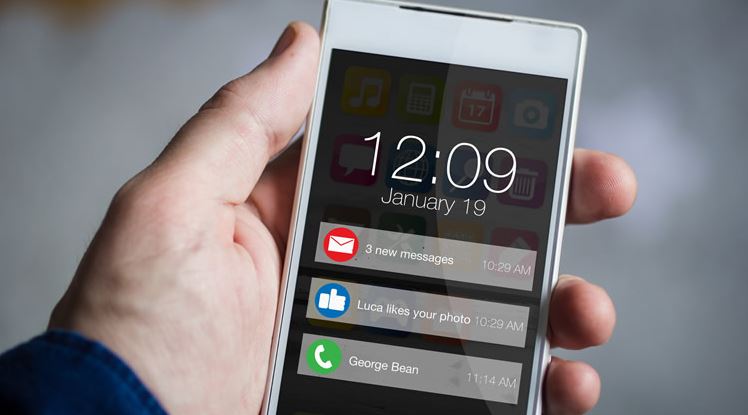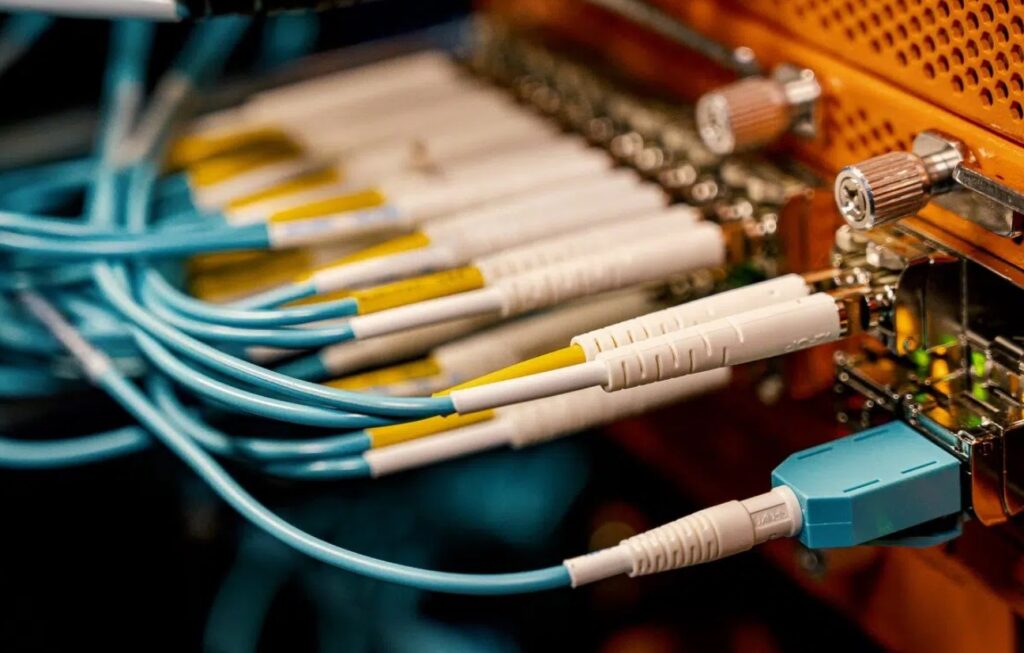Push notifications are special messages which pop up on your device’s screen urging you to take action. These are composed of media like GIF, image or video. These messages are a bit different from traditional messages as they can only be delivered to your device after getting approval from you for the very first time only. The real benefit of ios & android push notification is that it can be timed and customized as per requirement.

These messages are operated through the apps installed on your device and don’t require your personal mobile number. Don’t you remember when you used some app while connecting through the internet and a message appears on your screen seeking permission for sending notifications? Yes! When the permission is granted by the user then these notifications start to glow your devices screen without your further permission.
Working of push notifications
From sender end
- Here the app owner has to complete the registration process with a push notification service.
- Then the app owner is provided with an Application Programming Interface commonly known as API by the service provider. It is used to establish communication between the app and the service.
- Following which SDK (Software Development Kit) is configured to the app by the app developer, which is basically a code library and is specific to the operating system’s push notification service.
- At last, the app is uploaded on the app store by app publisher, which is now ready to communicate with users over pushes across the world.
From user end
- The first thing users need to do is install an app, as android push notifications need an app on your android device to operate.
- The next step is the user needs to complete the registration process in which an app will be registered with an operating system demanding several permissions.
- Once the required permissions are granted by the user than the operating system notification service provides push token to the device.
- This token is given to the app. A push token is basically a unique key, it basically combines a device with the app and is provided by gateways from Google push notifications. Push token basically helps both provider and gateway for routing messages to its unique destination.
- Further, this token is forwarded to the server/provider by an app.
- At last, when a notification has to be forwarded by the server to the device, a payload is forwarded to the operating system notifications service along with the token to send Android push notification to a specific user only.
The basic concept behind push notifications
Push Notifications are basically a business tool and is used for various different purposes among which top 4 are
For providing real-time updates: Updates regarding live scores of ongoing tournaments, weather conditions for your area, tracking and delivery status for your ordered products from online shopping app, live news, events, current location information, etc.
For retention of customers: Hardest task to accomplish is retaining old customers rather than go for new ones. For this purpose push notifications acts as the best serving tool by informing customers about new products and trends of the same, which creates an urge in customers and binds them with particular service only.
For motivating customers: To make a purchase from online stores: As most of the users use their android based smart devices for online shopping, in this scenario push notifications become handy. Let us understand with an example, suppose you use an online shopping app and you wish-list some product or add it to your cart, then push notifications will blow your device which urges you to complete the order by motivating you to make a final payment for the same.
For Engaging customers: Haven’t you received offers and discounts even some eye-catching notifications from the apps you hardly used? This strategy is used to engage more customers with an app, as when you open the notification it directly takes you to the app.
Let’s go through some statistics which further clarifies it.
As by invespcro, it is concluded that by adapting strategies:
- App engagement increased by 88%
- User activity increases by 65% in a period of 30 days when push notifications were enabled
- App retention rate rises by 3-10x
- 48% of app user made a purchase after triggered push notifications
- Push notifications help to retain 2x users
- On an average clicking rate for push notifications was 10.3%
- Per month sessions spent on the app were 11 in case of 46% users who enabled push notifications while it remains to only 25% who don’t.
- In the case of new users, the retention rate rises by 71% over two months when just one push notification was used during the first week.
Although these statistics are capable enough to prove the power of push notifications, when used in excess they work opposite and force the user to unsubscribe service. Hence a limit to these push notifications is needed which is further proved by statistics which is based on the number of push notifications used on a weekly basis that annoys users and lets them stop using apps.
For 1 push notification sent to user 6.1% stop using the app, for 3-5 push notifications 22.3% stop using the app, for 6-10 push notifications 31.1% stop using the app, for 11-20 push notifications 21% and for more than 21 push notifications 19.5% stop using the app.
When an effective strategy is used precisely then android mobile app push notification rate in terms of opening an app by the user came to 9.8% for B2B and Finance, 9.2% for Education, 10.9% for Food & Beverage,10.8% for Gaming, 9.5% for Media & Entertainment, 11.9% for Medical, Health & Fitness, 9.2% for Retail & Commerce, 17.9% for Social Media & Messaging, 27.1% for Travel and Transportation, 11.7% for Utility.
Ending Conclusion:
Push notifications are a rapid and methodical way to establish communication with the audience, as they are in reach of most of the population through android devices. If implemented precisely there is no limit to the results one borrows using it. It is considered to be one of the most effective ways to extend business to any part of the world and an effective way of earning profit by sitting in any part of the world.




Thanks for sharing this informative post, Very valuable information about push notification. Nice Post